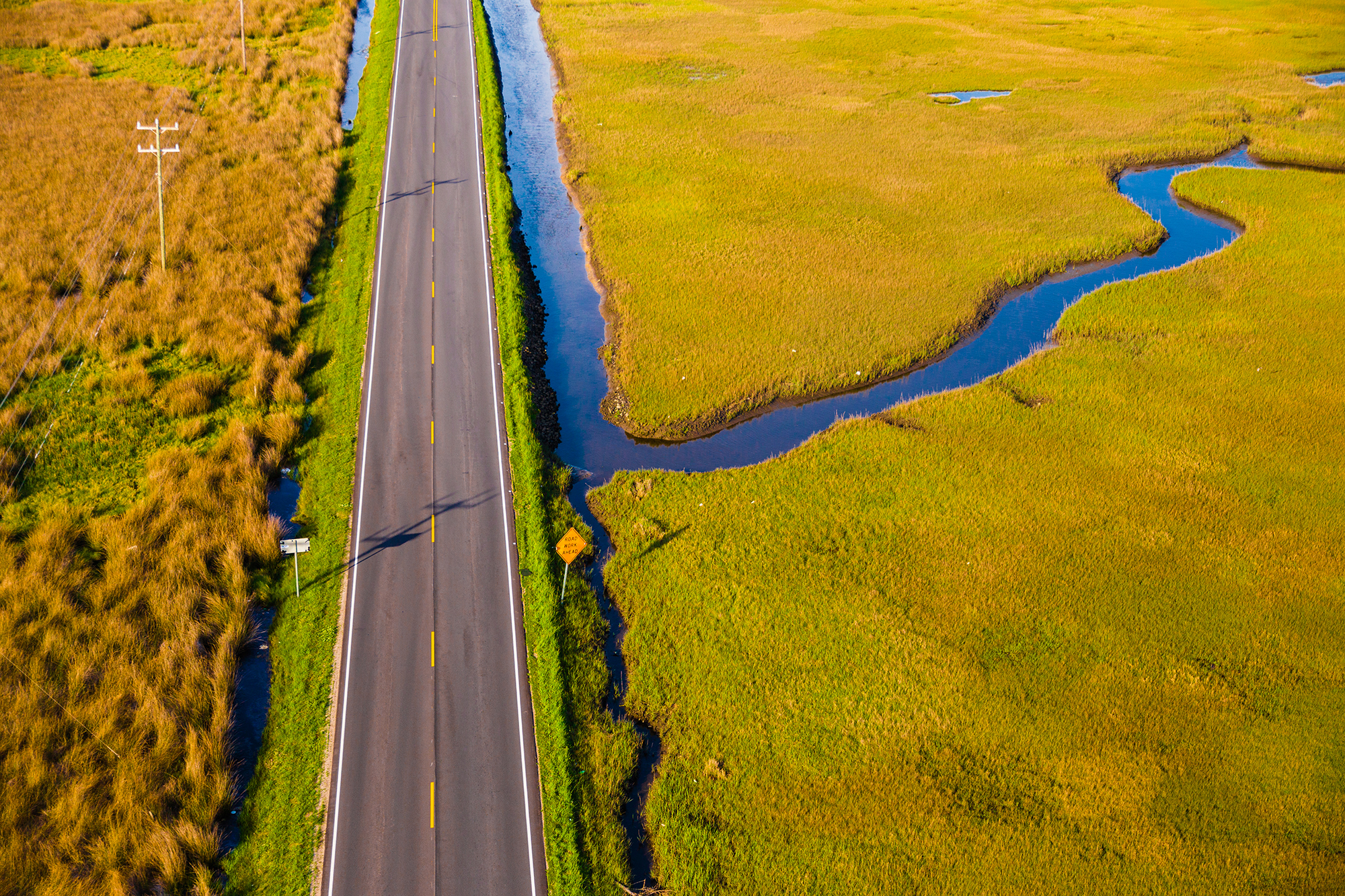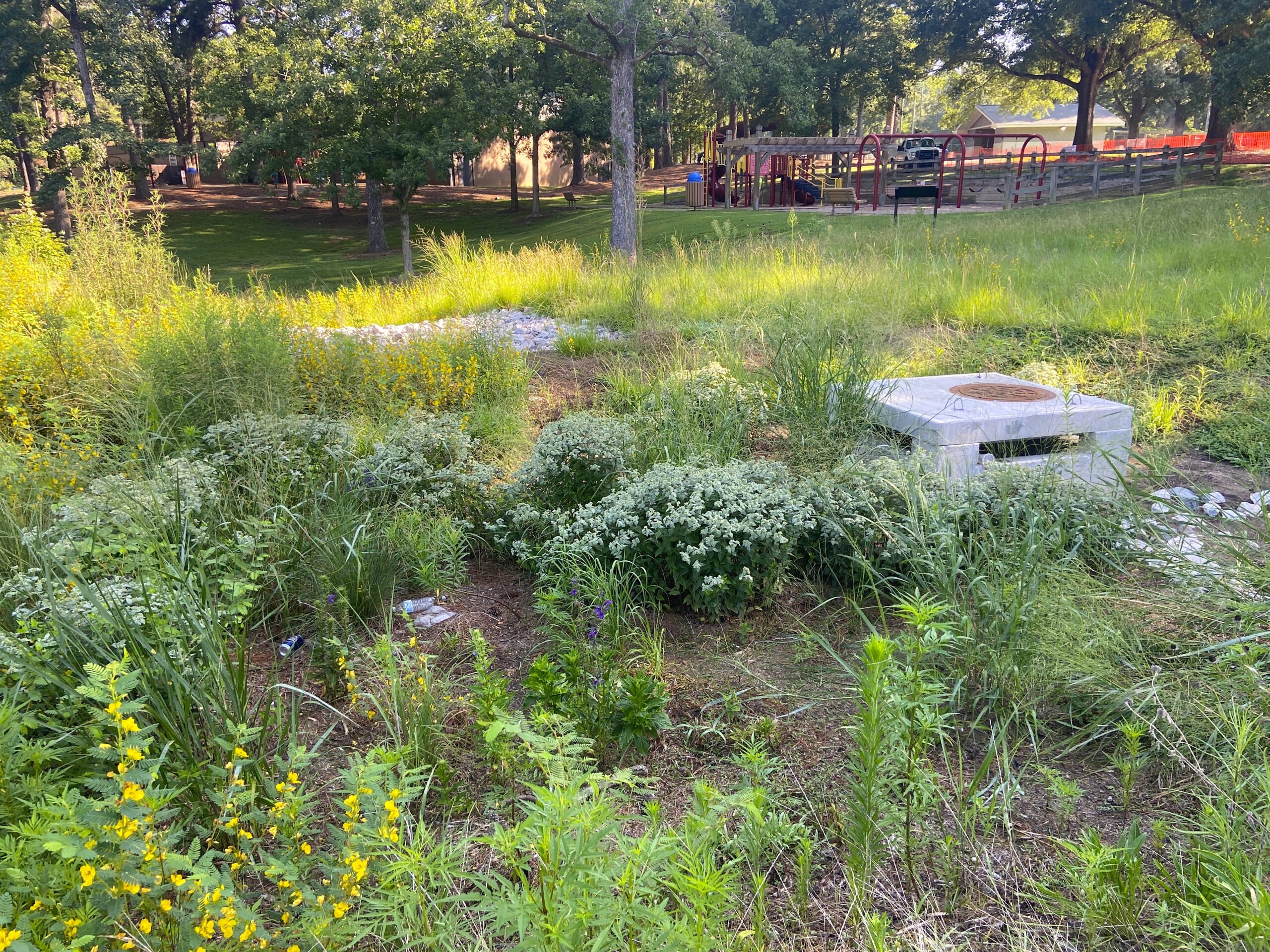Carteret Catch: New Marketing Project Promotes Local Seafood

It is a bone-chilling morning in the historic fishing port of Gloucester, Mass. As North Carolina seafood dealer Bradley Styron gets out of a truck, he steps through fresh piles of snow.
Styron heads up the steps into Whole Foods’ Pigeon Cove seafood processing facility on the Gloucester waterfront.
“We are here to try to sharpen our marketing skills,” says Styron, owner of Quality Seafood in Cedar Island. Domestic commercial fishers and seafood dealers are being affected by international markets, he adds. “Fuel prices are killing us.”
Inside, Steve Parkes of Whole Foods gives Styron and others from the Carteret
community an overview of how the company markets high quality seafood.
“We don’t waiver on quality here,” says Parkes, Pigeon Cove facility team leader. “We deal with 30 fishermen from this area.
We buy by sight and smell and knowledge of how long the boat has been out.”
The seafood goes directly to Whole Foods stores across the East Coast, including North Carolina.
The visit to the state-of-the-art seafood facility is one stop on an East Coast trip sponsored by a Rural Community College Initiative (RCCI) grant awarded to Carteret Community College. The project promotes local seafood through community and business partnerships.
In October, RCCI community volunteers unveiled the seafood branding campaign — “Carteret Catch: Select N.C. Seafood from the Fishermen of Carteret County” — at the 2005 N.C. Seafood Festival in Morehead City. The campaign focuses on seafood caught by commercial fishers, processed by seafood dealers and served by select restaurants, all from Carteret County.
“We are trying to find ways to build traceable chains from catch to plates, so customers are sure of what they are getting,” says John O’Sullivan, the RCCI team coach.
The group also wants to increase demand for local seafood and boost revenues to local fishers, seafood dealers and restaurants, according to North Carolina Sea Grant seafood technology specialist Barry Nash, who is helping to develop the marketing program.
Funded by the Ford Foundation and implemented through the Southern Rural Development Center, RCCI is a collaborative effort between Carteret Community College, North Carolina Sea Grant, North Carolina A&T State University, North Carolina State University, N.C. Cooperative Extension, and the National Oceanic & Atmospheric Administration.
EAST COAST TRIP
Last winter, the RCCI group took the week-long trip to Whole Foods and other East Coast markets and facilities to learn how to market products in different ways, according to O’Sullivan, an NC A&T farm management and marketing specialist. “Whole Foods is the most successful retail grocery of the natural foods approach,” he adds.
The company participates in the “fish for future” program that promotes sustainable seafood caught by fishers who follow practices that allow the fish population to grow and thrive rather than be depleted, adds O’Sullivan.
“I was impressed how much customers value local seafood,” says Sandra Gaskill of Harkers Island, who works the water along with her husband, Elbert Gaskill. “You just need the right equipment, transportation and marketing of the seafood.”
To learn more about the processing plant and its marketing practices, the group toured the Pigeon Cove facility.
After putting nets on their hair, they crowded into a large processing room where a man was filleting fresh pieces of flounder. Then they moved to another area where a worker places flounder fillets on a conveyor belt that flows through a skinning machine.
Nearby, a woman checked fish for parasites and bruises under a special light.
“Fish has to look good and have eye appeal for customers to buy it,” says Parkes.
While in Gloucester, the group also visited the “Lady of the Sea” memorial — “dedicated to the wives, mothers, daughters and sisters of Gloucester Fishermen,” according to the inscription.
‘This is touching,” says Sandra Gaskill. “Fishing is a hard way of life, and the women deserve a memorial.”
During the trip, the group also went by bus to markets and fishing cooperatives along the East Coast — from the famed Fulton Fish Market in New York to the waterfront at Stonington, Conn.
“We got a lot out of talking with fishermen in Stonington,” says Pam Morris, a RCCI representative and wife of commercial fisherman Herbert Morris. “The town supports the fishing industry by leasing the harbor to the commercial fishing industry and seafood packing houses.”
In exchange for using the harbor, Morris says the fishing captains and seafood dealers helped pay for the dock, while the town is responsible for repairs. The town also uses the commercial fleet for heritage tourism. At the dock, workers answer questions from tourists while mending nets or doing other chores.
“Everybody in the community is benefiting in a positive way,” she adds.
AGRICULTURAL MODEL
To brand Carteret County seafood, O’Sullivan says the marketing group is following the model used by the N.C. Department of Agriculture & Consumer Services for niche marketing.
To boost sales of top-quality agricultural and seafood products grown, processed or manufactured in the state, the department has a number of branding programs. The “Freshness from North Carolina Waters” (FFNCW) program requires that participants use North Carolina seafood when it is available and in-season.
“Our program is generic and focuses on all North Carolina seafood,” says William
Small, seafood marketing specialist for the N.C. Dept. of Agriculture & Consumer Services. “It helps fishermen and processors market their products by letting consumers know the products they are buying are top quality and locally harvested.”
To compete with foreign markets, the department also has begun radio and magazine ads encouraging consumers to buy shrimp caught in North Carolina.
“We are trying to emphasize that the state’s shrimp are fresh and have a firmer flesh that tastes better than imported shrimp,” says Small. “We also are working closely with retail buyers, such as Lowes Foods, to purchase North Carolina shrimp in season.”
In addition, some North Carolina chefs are developing native shrimp recipes that will be sent to food editors and home economists.
The goal is to create a positive public image about all North Carolina seafood and aquaculture products through the campaign, adds Small.
Recent market research conducted by North Carolina Sea Grant and N.C. Cooperative Extension indicates that the public is more inclined to purchase local seafood over foreign imports, when given a choice.
And a survey taken at the recent Seafood Festival agrees. Of the 175 respondents, 84 percent expected seafood purchased at the coast to be locally caught; 94 percent expected seafood in local restaurants to be locally caught; and 92 percent said they were more likely to purchase seafood that is certified as locally caught.
“Consumers are willing to pay a premium price for seafood that comes from a specific locale and is obtained from fishermen who use sustainable practices,” Nash says.
In addition to the public’s increased awareness of the health benefits of seafood, the threat of bioterrorism to the national food supply also has contributed to rising interest in local seafood.
“Most seafood sold in the United States is imported — and people are starting to review federally mandated package labels to learn the origin of their seafood,” Nash adds.
DOWN EAST FISHING HERITAGE
For generations, many families in Carteret County have made a living from working the local waters — from clamming, shrimping and fishing in Core and Pamlico sounds to beach seining for mullet off Bogue Banks.
But in recent years, Carteret County commercial fishers have struggled to remain viable in a fiercely competitive world market.
The local fishing communities, including Harkers Island, Atlantic, Davis and Cedar Island, are so tiny that most natives know each other on a first-name basis.
Many fish alone or in small groups. A few work for large commercial fleets that run out of Beaufort and Morehead City.
In the last decade, the number of trips by commercial fishers in Carteret County has declined from more than 54,000 in 1994 to around 30,000 in 2004, according to the N.C. Division of Marine Fisheries.
The value of catch also has dropped from more than 96.5 million pounds worth more than $20.6 million in 2004 — to less than 61 million pounds valued at about $19 million last year.
“We have been shrimping and clamming for 35 years, and it has changed drastically in recent years,” says Leroy Goodwin of Cedar Island. “There is not as much to catch, and prices are not as good as they used to be.”
Gaskill says she and her husband, Elbert, are the fourth generation of watermen to fish in waters around Carteret County. “We have to make a living and do it all — shrimping, scalloping, clamming, oystering and fishing,” she adds. “During the year, we jump from one fishery to the next.”
More and more commercial fishers in Carteret County are leaving the industry.
Five years ago, George Goodwin of Cedar Island gave up fishing to work for the N.C. Ferry Division.
“In 2000, my husband sold his shrimp trawler,” explains his wife, Claudia Goodwin, an Atlantic middle school teacher. “He couldn’t keep up because of rising costs.”
PROJECT INITIATION
The seafood project began when Carteret Community College received a RCCI grant that helps rural communities become competitive in the economy by forging partnerships.
After several brainstorming sessions with a variety of community representatives,
the group decided to focus on creating a brand image for Carteret County seafood.
“In Carteret County, the heritage and value of the seafood industry is important,” says Joseph Barwick, president of Carteret Community College. “RCCI will help strengthen the community, and what is good for the community benefits the college.”
The initial two-year RCCI grant ended in the spring of 2005. The project is now funded by a second RCCI grant, and is partially supported by North Carolina Sea Grant.
“We are excited about the project because it will do something positive for the fishing
community,” says Morris, educator at the Core Sound Waterfowl Museum in Barkers Island.
As part of the initiative, RCCI volunteers met with county restaurant owners to discuss quality standards for seafood.
“My customers see boats outside the restaurant and want local catch,” says Dan Hatch, chef of Key West Seafood Co. restaurant in Morehead City. “There is so much local seafood — from tuna and sea bass to red snapper and mahi mahi.”
hi addition to promoting local seafood, the group is trying to educate consumers about environmental rules and food safety regulations affecting the seafood industry.
In developing niche markets for Carteret County seafood, O’Sullivan says that seafood processors might have to adopt new small-scale technology and develop sound business plans.
“Our long-term goal is for the fishing communities to develop a plan that is market-driven and focuses on high quality, local-branded seafood,” he says. “We want to deliver products that emphasize the region’s core values to customers in the county and in commercial outlets in the state’s metropolitan areas.”
To find out more about the Carteret Catch project, visit the Web: www.carteretcatch.com.
This article was published in the Holiday 2005 issue of Coastwatch.
For contact information and reprint requests, visit ncseagrant.ncsu.edu/coastwatch/contact/.
- Categories:


